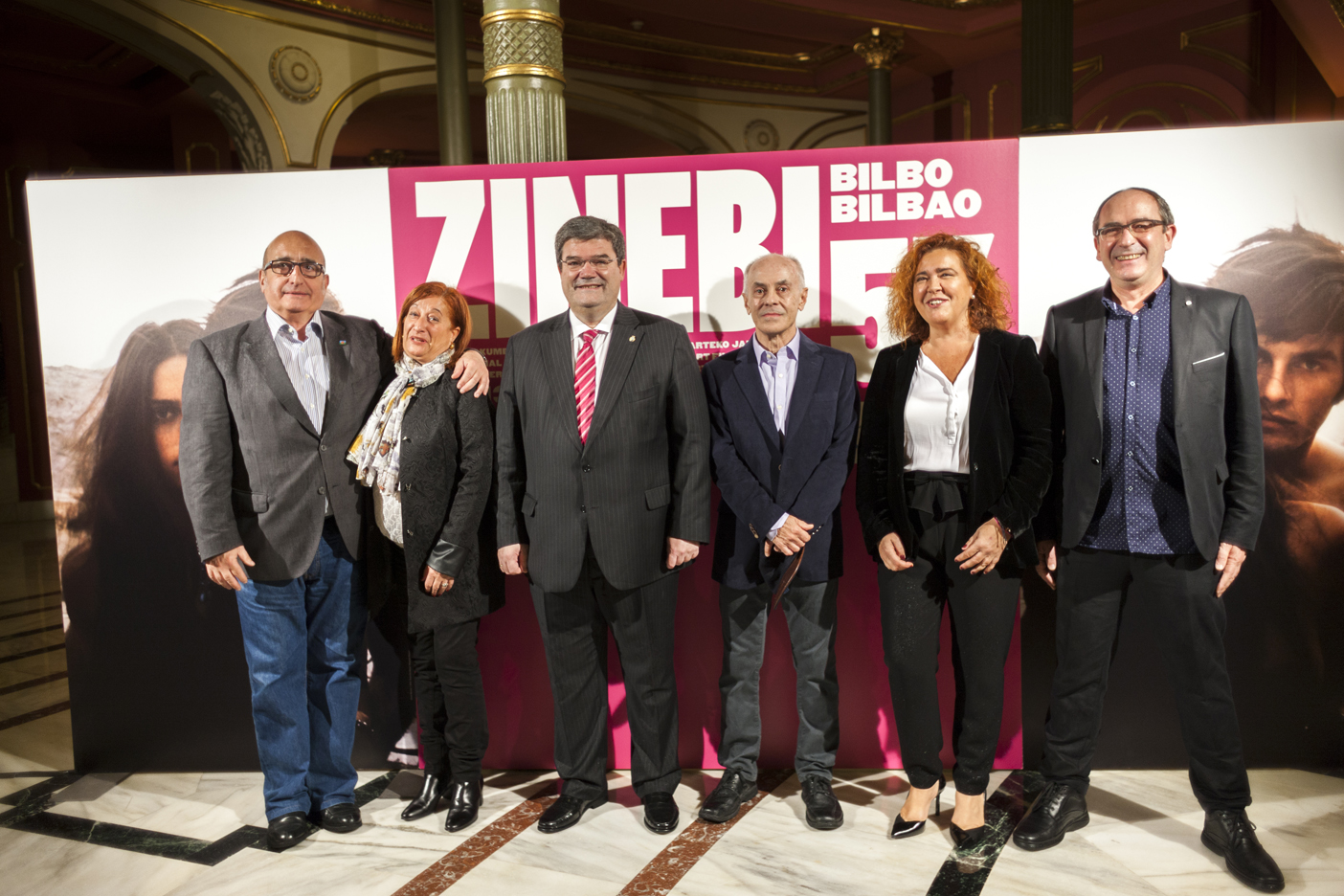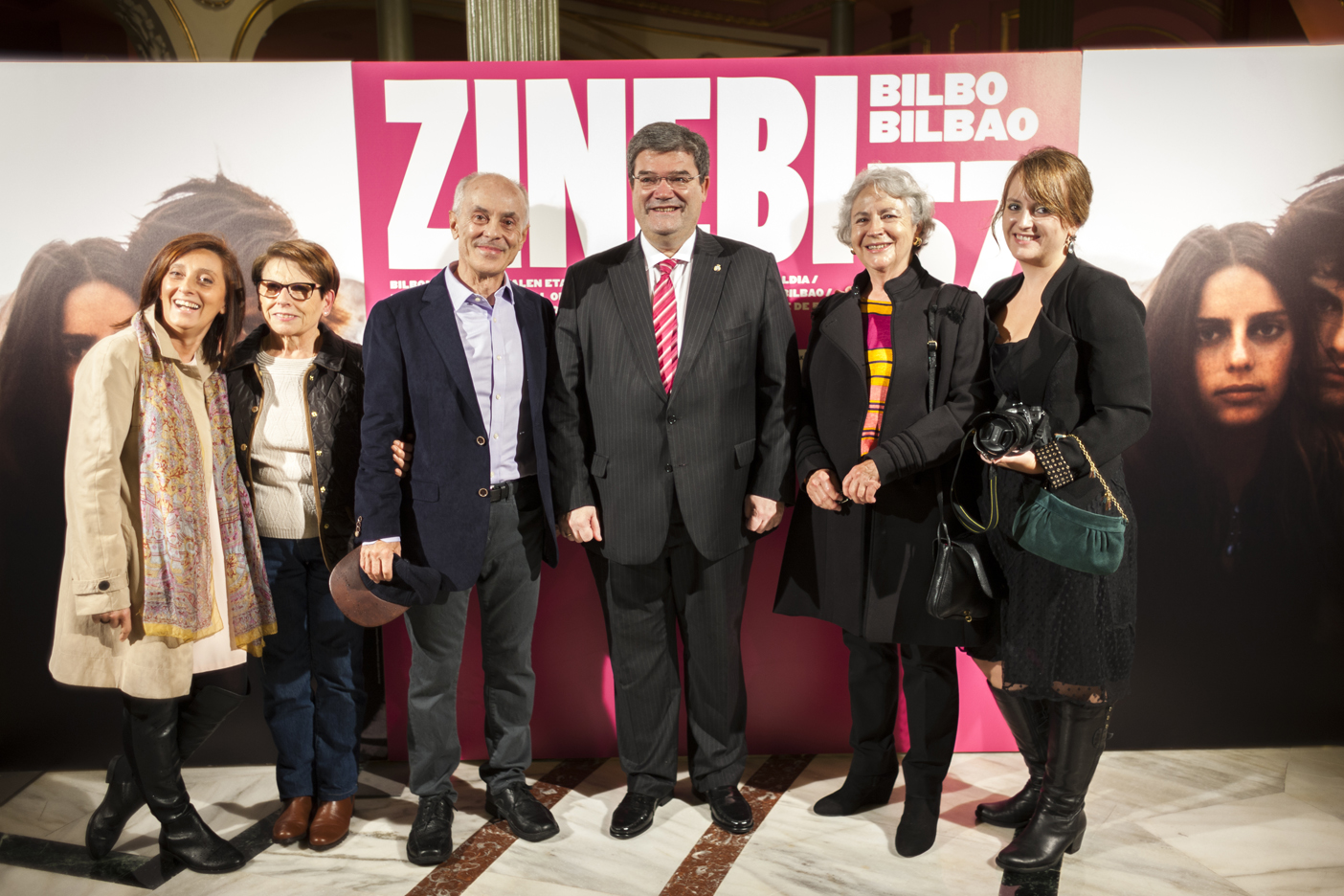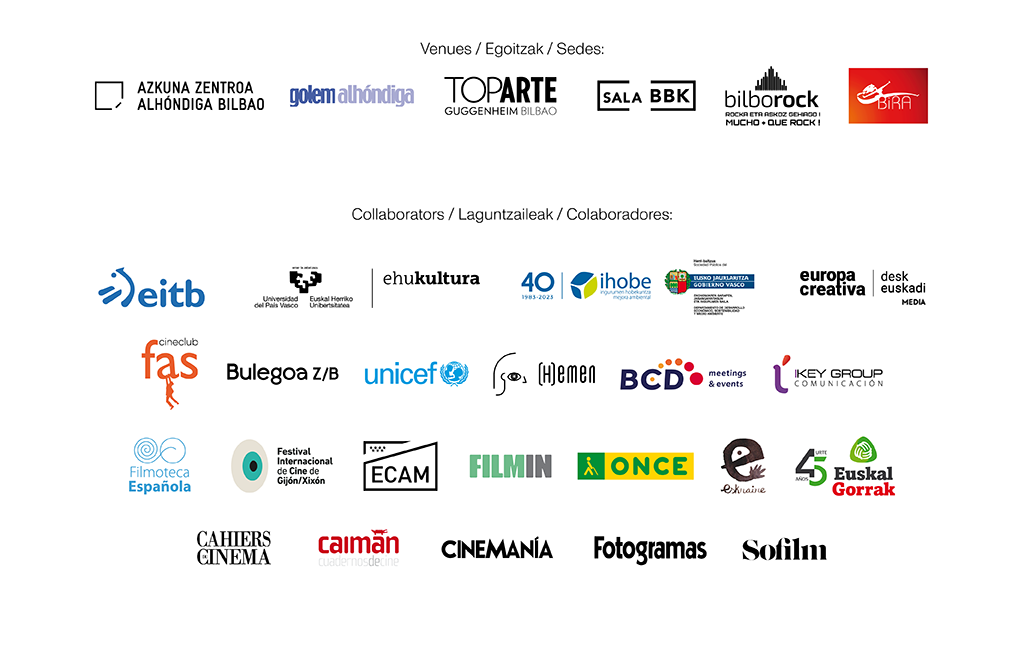THE QUIET MUSIC OF LIGHT. THE FILMS OF JUAN RUIZ ANCHÍA
It is obvious -and repeated ad infinitum– that cinema is a collective art; however, it is the role of the director that we associate by default with the creation of any film. Amongst the trades that are buried under director’s name are two as important as the scriptwriter and the director of photography: if the first is the author of the story-the party responsible for putting it down in black and white, the second is responsible for turning it into images, using a wide palette of colours, lights and shades in a complex operation that combines sensitivity and technique. An outstanding representative of this art of imagery is Juan Ruiz Anchia (Bilbao, 1943), one of the most reputed national and international director of photography.
Ruiz Anchia’s career is the reflection of a non-conformist attitude-a short summary of his work will be enough to confirm that. Having studied initially at the Official Film School in Madrid, his permanent desire to research and to improve himself personally and professionally takes him to continue his studies in the United States. He goes to the American Film Institute, where he is studying a Masters in Visual Arts when Bigas Luna recruits him for his fantastic, delirious Renacer (Reborn, 1982). His work on this ambitious production to dos not go unnoticed and it leads to Miss Lonely Hearts (Michael Dinner, 1982). Ruiz Anchia’s work on this film appeals to the Russian director Andrei Konchalovsky, who decides to contact him to make Maria’s Lovers (1984), and the excellent result of this awakens the interest of James Foley, who hires the director of photography from Bilbao to make At Close Range (1986). Ruiz Anchia’s notorious work on this new film -in turn- attracts the attention of David Mamet, with whom he will work on films such as House of Games (1987) or Things Change (1988). Later, he will be called by directors such as Mike Figgis and David Fincher, without forgetting the Spaniards Ricardo Franco and Antonio Betancor, with whom he made Mararia (199B), for which he would obtain his first Goya for Best Director of Photography (1999). And if the list of directors that he has worked with is noteworthy, the list of actors is no less so: Robert Mitchum, Jack Lemmonn, Al Pacino, Ed Harris, Kevin Spacey, Julia Roberts, Nastassja Kinsky amongst many others. Naturally, this short summary does not do justice to Ruiz Anchia’s career: an unknown director of photography managing to establish himself in as complex industry as Hollywood is nothing short of a miracle. Nonetheless, his journey allows us to observe the interest that his photography awoke amongst directors of diverse tastes. What was each one looking for in Ruiz Anchia? His talent, of course: but not just that. Also, his capacity to lend his films a defined visual tone-a certain style.
Let’s qualify that: style should not be understood here as resistance to change but as faithfulness to a way of understanding imagery, its composition, how to handle shade, manage light. And, at the same time: the capacity to strengthen the story being told with that image. It is, in a sense, a curious alchemy: that of shaping reality, a shape that Ruiz Anchia pursues, in his own words, using an “intense dia- lectic between light and shade.”
Indeed, his style stands out due to this dialectic, which results in imagery of great density, as light as it is emotional. Because his conception of photography doesn’t stop at achieving ornamental beauty: there is something more. A image that is beautiful on account of what it shows, but even more so on account of what it means. Let us think, for example, of a shot from the end of At Close Range, when the rays of sun penetrate the dark den of Brad (played by Christopher Walken) and his band of thieves, burning up their dismal world and announcing their final defeat.
Ruiz Anchia names Goya amongst his influences, the indisputable master of the dramatic quality of light, and also the poetry of Antonio Machado. We are not surprised by the literary reference. When we see his last film, Blackthorn (Mateo Gil, 2011), with a dazed Butch Cassidy (played by Sam Shepard) making his way across the arid Bolivian desert, it is no effort to remember the verses by the Seville poet and define that desert light as “white shadows on bright days”.
Blackthorn was precisely the film for which this great cinema character received his last and well-deserved Goya for Best Director of Photography (2012). No less deserved is the Mikeldi of Honour for his career being awarded in Bilbao, his home, by ZINEBI. Ruiz Anchia, the maker of so much light and shade, should know that the honour is all ours.
Iñigo Larrauri
Research Fellow (UPV/EHU)














